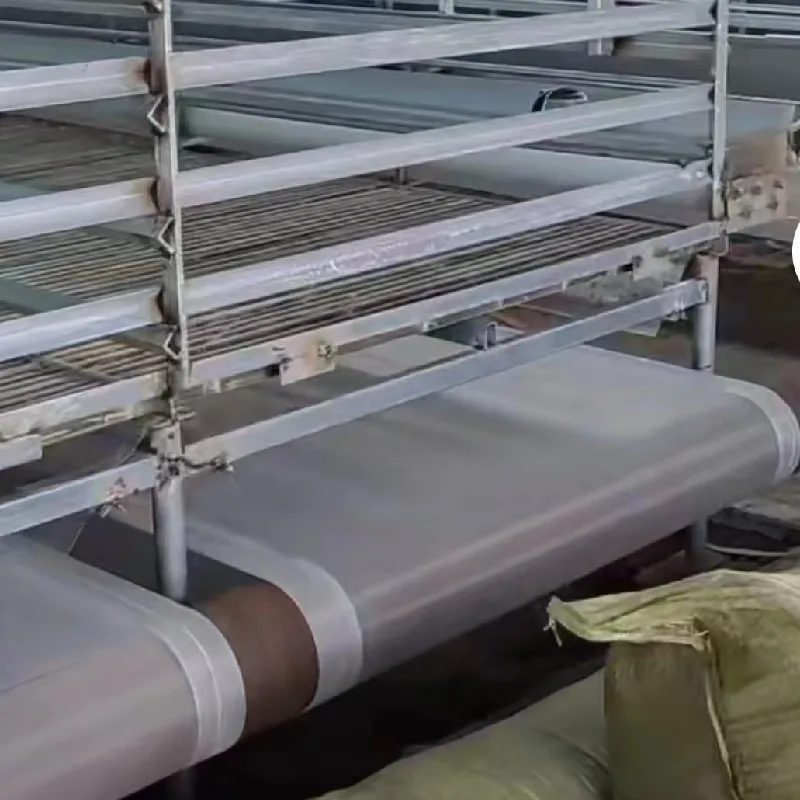-
 Afrikaans
Afrikaans -
 Albanian
Albanian -
 Amharic
Amharic -
 Arabic
Arabic -
 Armenian
Armenian -
 Azerbaijani
Azerbaijani -
 Basque
Basque -
 Belarusian
Belarusian -
 Bengali
Bengali -
 Bosnian
Bosnian -
 Bulgarian
Bulgarian -
 Catalan
Catalan -
 Cebuano
Cebuano -
 China
China -
 Corsican
Corsican -
 Croatian
Croatian -
 Czech
Czech -
 Danish
Danish -
 Dutch
Dutch -
 English
English -
 Esperanto
Esperanto -
 Estonian
Estonian -
 Finnish
Finnish -
 French
French -
 Frisian
Frisian -
 Galician
Galician -
 Georgian
Georgian -
 German
German -
 Greek
Greek -
 Gujarati
Gujarati -
 Haitian Creole
Haitian Creole -
 hausa
hausa -
 hawaiian
hawaiian -
 Hebrew
Hebrew -
 Hindi
Hindi -
 Miao
Miao -
 Hungarian
Hungarian -
 Icelandic
Icelandic -
 igbo
igbo -
 Indonesian
Indonesian -
 irish
irish -
 Italian
Italian -
 Japanese
Japanese -
 Javanese
Javanese -
 Kannada
Kannada -
 kazakh
kazakh -
 Khmer
Khmer -
 Rwandese
Rwandese -
 Korean
Korean -
 Kurdish
Kurdish -
 Kyrgyz
Kyrgyz -
 Lao
Lao -
 Latin
Latin -
 Latvian
Latvian -
 Lithuanian
Lithuanian -
 Luxembourgish
Luxembourgish -
 Macedonian
Macedonian -
 Malgashi
Malgashi -
 Malay
Malay -
 Malayalam
Malayalam -
 Maltese
Maltese -
 Maori
Maori -
 Marathi
Marathi -
 Mongolian
Mongolian -
 Myanmar
Myanmar -
 Nepali
Nepali -
 Norwegian
Norwegian -
 Norwegian
Norwegian -
 Occitan
Occitan -
 Pashto
Pashto -
 Persian
Persian -
 Polish
Polish -
 Portuguese
Portuguese -
 Punjabi
Punjabi -
 Romanian
Romanian -
 Russian
Russian -
 Samoan
Samoan -
 Scottish Gaelic
Scottish Gaelic -
 Serbian
Serbian -
 Sesotho
Sesotho -
 Shona
Shona -
 Sindhi
Sindhi -
 Sinhala
Sinhala -
 Slovak
Slovak -
 Slovenian
Slovenian -
 Somali
Somali -
 Spanish
Spanish -
 Sundanese
Sundanese -
 Swahili
Swahili -
 Swedish
Swedish -
 Tagalog
Tagalog -
 Tajik
Tajik -
 Tamil
Tamil -
 Tatar
Tatar -
 Telugu
Telugu -
 Thai
Thai -
 Turkish
Turkish -
 Turkmen
Turkmen -
 Ukrainian
Ukrainian -
 Urdu
Urdu -
 Uighur
Uighur -
 Uzbek
Uzbek -
 Vietnamese
Vietnamese -
 Welsh
Welsh -
 Bantu
Bantu -
 Yiddish
Yiddish -
 Yoruba
Yoruba -
 Zulu
Zulu
Leading Manufacturers of Wire Steel Mesh Products in Asia for Various Industries and Applications
The Landscape of Steel Mesh Manufacturers in Asia
In recent years, the demand for steel mesh has surged across various industries, particularly in construction, manufacturing, and agriculture. Steel mesh, known for its durability and versatility, is a crucial material used in concrete reinforcement, fencing, and many other applications. As one of the fastest-growing manufacturing regions in the world, Asia has emerged as a powerhouse for steel mesh production, housing numerous manufacturers that cater to both local and international markets.
Growth Dynamics
The growth of the steel mesh industry in Asia can be attributed to several factors. The construction boom in countries like China, India, and Vietnam has led to an exponential rise in the need for high-quality reinforcement materials. Moreover, with increasing urbanization and infrastructure development projects, the need for reliable and strong construction materials has never been greater.
Manufacturers in Asia have recognized these trends and are investing heavily in advanced technologies and processes to improve their production capabilities. Modern techniques, such as automated welding and precision cutting, have enabled manufacturers to produce high-quality steel mesh that meets international standards. This technological advancement not only boosts efficiency but also reduces production costs, making it an attractive option for both domestic and global buyers.
Key Players in the Market
Asia is home to a diverse array of steel mesh manufacturers, ranging from small local businesses to large multinational corporations. Countries like China and India dominate the market due to their extensive steel production capabilities and lower labor costs, which provide a competitive edge. According to industry reports, China accounts for a significant percentage of the world’s steel mesh production, attributed to its robust raw material supply chain and established manufacturing infrastructure.
In addition to China and India, countries such as Japan, South Korea, and Indonesia have also made significant contributions to the sector. Japanese manufacturers are known for their high-quality engineering and innovative products, often catering to niche markets. Meanwhile, South Korean companies increasingly focus on exporting their products globally, capitalizing on their reputation for advanced technology and quality assurance.
asia wire steel mesh manufacturers

Sustainability Efforts
As global awareness around environmental issues grows, steel mesh manufacturers in Asia are also adapting to sustainable practices. Many companies are incorporating recycled materials into their manufacturing processes, striving to reduce their carbon footprint and promote sustainability. In response to regulatory pressures and consumer demand for eco-friendly products, manufacturers are implementing greener practices, such as reducing waste, optimizing energy use, and exploring alternative materials.
Challenges Ahead
Despite the industry's robust growth, Asian steel mesh manufacturers face several challenges. Fluctuating raw material prices, particularly for steel, can significantly impact production costs. Additionally, the ongoing trade tensions between major economies can lead to uncertainties in export markets, affecting overall revenue.
Moreover, the recent global supply chain disruptions, compounded by the COVID-19 pandemic, have highlighted the vulnerabilities in logistics and distribution networks. Manufacturers will need to adapt to these challenges by diversifying their supply sources and enhancing their agility in operations.
Conclusion
The future of steel mesh manufacturing in Asia appears promising, driven by increased construction activities, technological advancements, and a growing emphasis on sustainability. As manufacturers continue to innovate and adapt to changing market demands, they will play a pivotal role in supporting not only the regional economy but also the broader global construction landscape. With the right strategies in place to tackle challenges, the steel mesh industry in Asia is well-positioned to thrive in the coming years.
-
Shipping Plastic Bags for Every NeedNewsJul.24,2025
-
Safety Netting: Your Shield in ConstructionNewsJul.24,2025
-
Plastic Mesh Netting for Everyday UseNewsJul.24,2025
-
Nylon Netting for Every UseNewsJul.24,2025
-
Mesh Breeder Box for Fish TanksNewsJul.24,2025
-
Expanded Steel Mesh Offers Durable VersatilityNewsJul.24,2025











